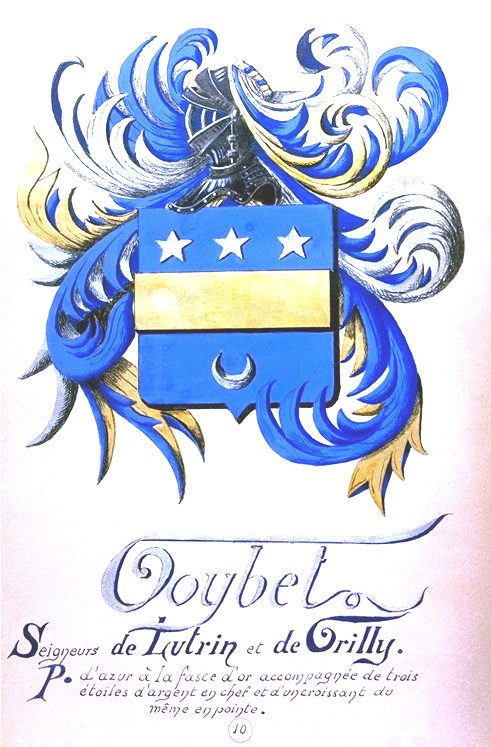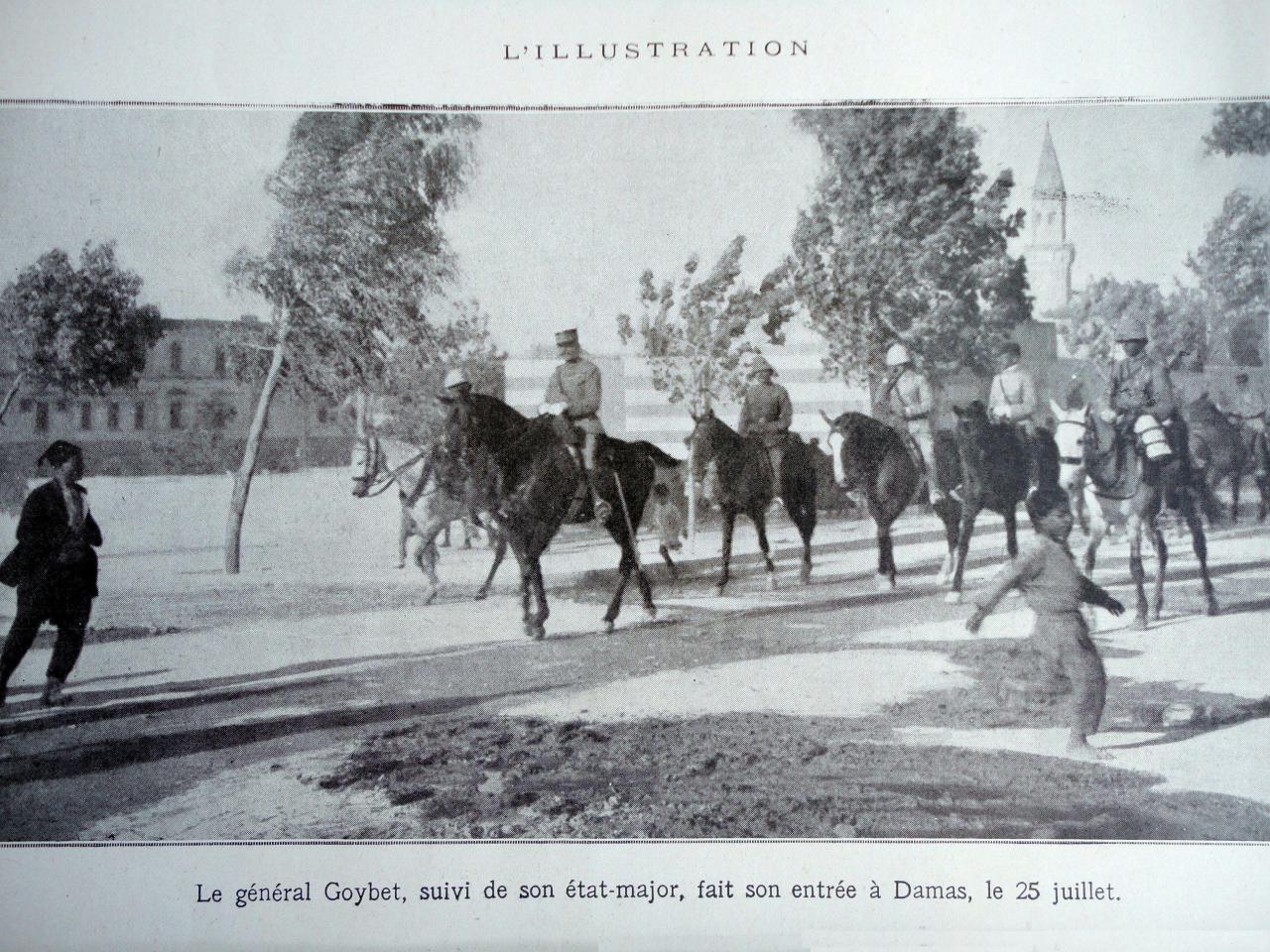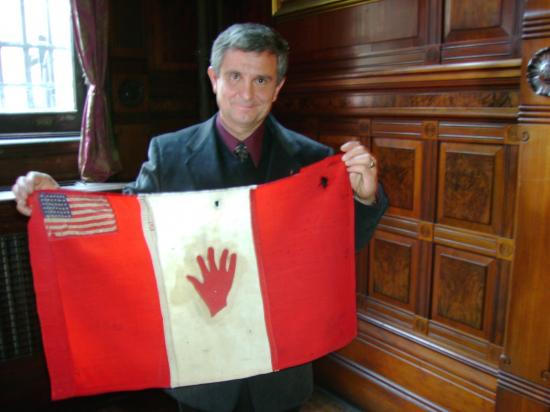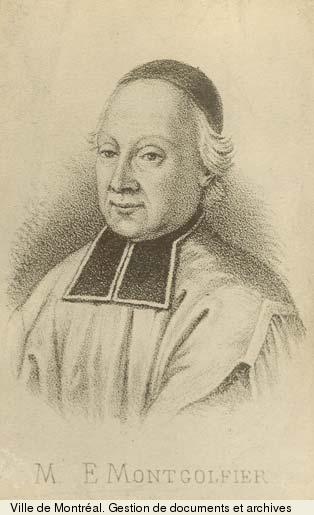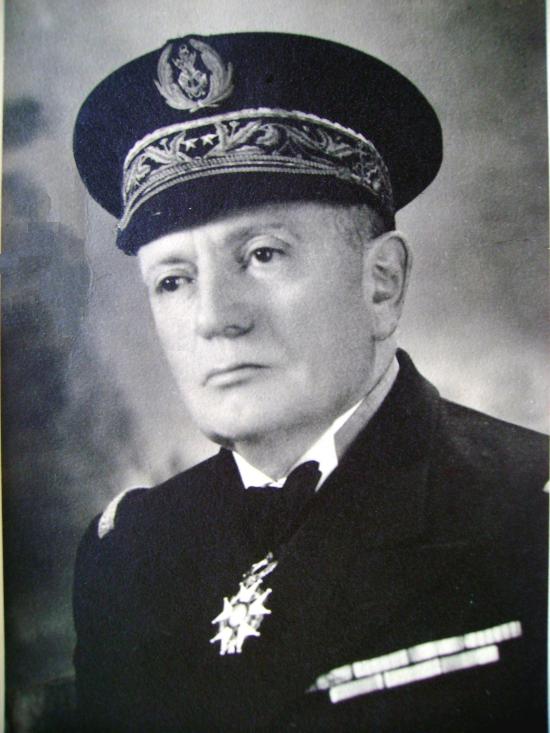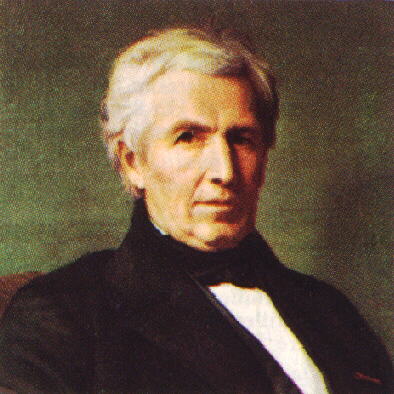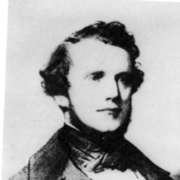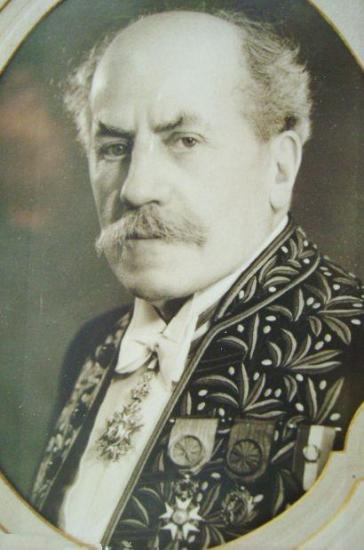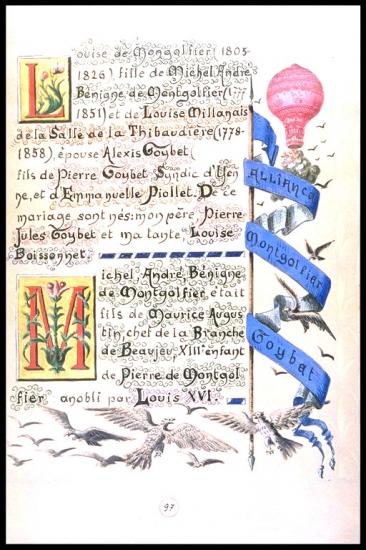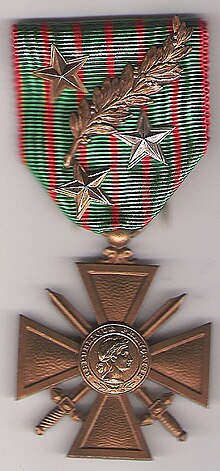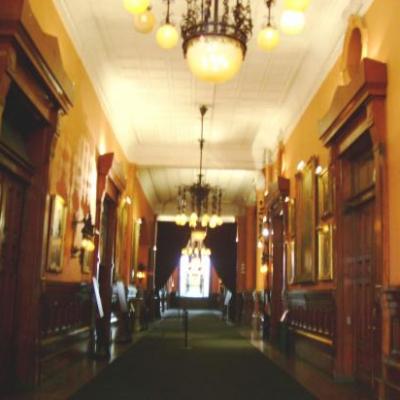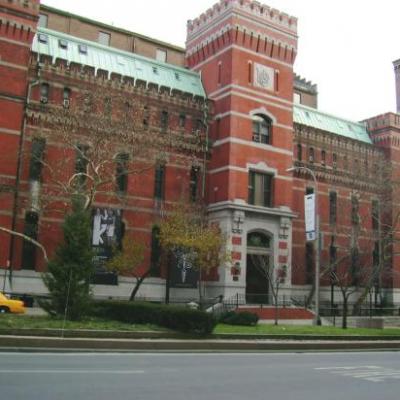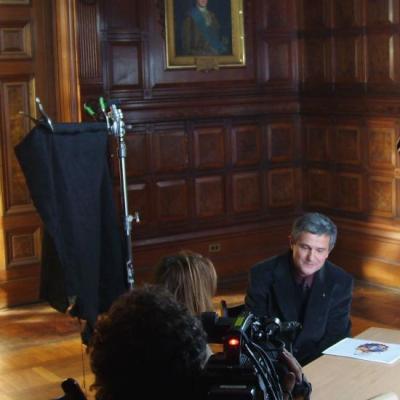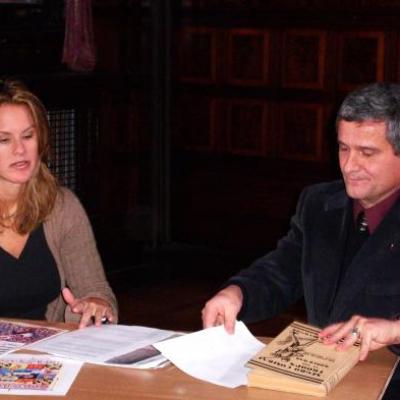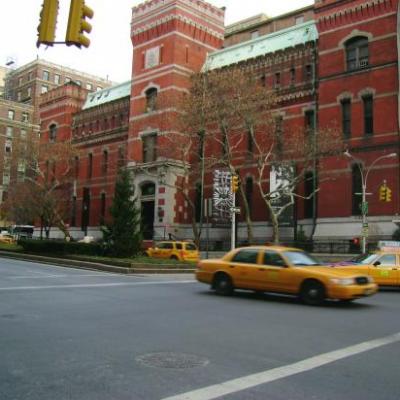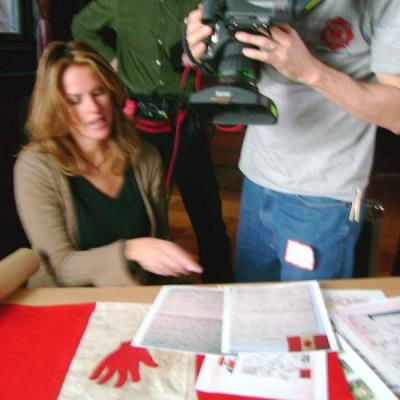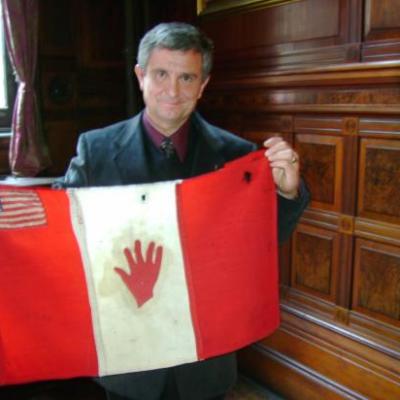Mariano Goybet et les Red Hands
LE GENERAL MARIANO ET LES RED HANDS
______________________________________________________________
Le Général Mariano Goybet prit le commandement de la 157 EME Division d'infanterie qui avait été décimée près du chemin des dames.
Elle fut reconstituée avec le 333 eme R.I. ET Les 371 et 372 eme Regiments Americains noirs
(Division Red Hand )
La division alla occuper le secteur de la Foret- Argonne - Vauquois- cote 304 jusqu'au moment (septembre) ou elle fut appelée, à participer avec la IV eme Armé, à l'offensive générale en Champagne.
Offensive Meuse-Argonne - Wikipédia
African-American history - Wikipedia, the free encyclopedia
Le Général Goybet par de violentes attaques, rompit le front ennemi devant Montbois faisant de nombreux prisonniers et s'emparant d'un matériel considérable. La 157 eme D.I.alla ensuite occuper les vosges devant Sainte Marie les Mines.
157 th Division Etat major Ordre général n°245
Le 12 Décembre 1918, le 371 et 372 RI ont été placés à la disposition du haut commandement Americain
" Avec un profond sentiment d'émotion de la part de la 157e Division et en mon nom personnel, je viens faire mes adieux à nos braves camarades. Durant 7 mois, nous avons vécu comme des frêres d'armes, S'associant dans les mêmes actions, partageant les mêmes épreuves et les mêmes dangers. Cote à cote, nous avons participé dans la grande bataille de Champagne qui a été couronnée par une formidable victoire.
La 157e Division n'oubliera jamais l'indomptable énergie, la charge héroïque des régiments Américains sur la crête d'observation et dans les plaines de Monthois. Les défenses les plus puissantes, les bastions les plus fortement organisés, les barrages d'artillerie les plus lourds , rien ne pouvait les stopper . Ces régiments extraordinaires surmontèrent tous les obstacles avec le plus grand complet mépris du danger, avec leur dévouement permanent.
La division "main rouge" pendant 9 jours de combat violent fut constamment un modèle d'exception pour l'avance victorieuse de la 4e Armée.
Officiers, sous officiers, et soldats, je salue respectueusement nos soldats qui sont tombés, et je salue vos couleurs, cote à cote avec le drapeau du 333 Régiment d'Infanterie, ils nous ont montré le chemin de la victoire .
Chers amis d'Amérique, quand vous serez de retour de l'autre coté de l'océan, n'oubliez pas la division "main rouge".
Notre fraternité a été cimentée dans le sang des braves et un tel lien ne sera jamais détruit. Souvenez vous de votre général qui est fier de vous avoir commandé et soyez sur de sa reconnaissance éternelle.
Général Goybet Commandant la 157e DIVISION
Traduction henri Goybet du livre de E.J. SCOTT the American negro in the world 1919 (chapitre 372nd régiment)
Croix de guerre 1914-1918 française obtenue par les 2 régiment US et de nombreux soldats
Le reportage du NEW YORK HERALD decembre 1918 dit
" Les combattants Americains au nombre de 3000 etaient avec la fameuse "division main rouge".
Ils sont devenus des heros sur beaucoup de fronts de bataille et se trouvaient dans les montagnes des Vosges quand l'armistice fut signée."
Temoignage du sergent WM Hendrey de la 372 eme d'infanterie à l'armistice. (source E.J Scott). traduction Henri Goybet
Une des scènes les plus incroyable, dont j'ai pu être témoin, fut aujourd'hui à 11H05.
L'orchestre du régiment jouait la Marseillaise, "the star bangled" et "god save the king".
Dès que les dermieres notes se turent, de joyeuses acclamations par l'ensemble des soldats et des civils, étaient presque assourdissant.
Des hommes agés sautaient et jetaient leurs chapeaux, les femmes dont le coeur était lourd d'un épuisement, causé par une guerre implacable, agitaient leurs mains et exultaient de joie et les enfants gambadaient joyeusement à travers les rues.
Les cloches et les carillons à l'église qui étaient précedemment silencieux, envoyaient leur bruyante résonnance à toute volée .
En effet, ces sonneries étaient des messages de joie .
Au même moment, l'orchestre attaqua une marche endiablée et entonna sa marche dans les rues accompagnée par " Old Glory".
Le régiment de couleur et les soldats Americains et Français. La scène était un beau mélange de couleurs Les Khakhi et les bleu.
C'etait comme s'ils voulaient s'unir comme une grande famille pour célébrer les glorieux évènements et voir le reflet de leur propre allégresse sur les visages de leurs compagnons d'arme. Les rues étaient emplies d'une forte émotion et d'une bouillante abondance d'humanité.
Il ne semblait que la fraternité des tranchées appelaient la fraternité des hommes.
Fin
Extrait du discours Americain de l'ancien President THEODORE ROOSEVELT à Carnegie Hall, NEW YORK ( traduction H. GOYBET) le 2
Novembre 1918 sur la part des troupes Noires dans la guerre.
" Et bien je remerçie le ciel, nous y sommes allé, et nos hommes de l'autre coté, nos fils et freres de l'autre coté, hommes blancs et noirs, soldats blancs et soldats de couleur ont été si actifs que chaque Américain, maintenant peut marcher en levant la tête et regarder le citoyen de chaque autre pays dans le monde , droit dans les yeux et nous avons la satisfaction de savoir que nous avons joué la part décisive .
Je ne dis pas cela dans un esprit d'autosatisfaction, si chacun d'entre vous m' a écouté parler durant les 4 dernieres années, vous savez que je ne me suis pas adressé au peuple American à la recherche d'eloges.
Mais Sans autosatisfaction, nous pouvons dire que c'etait notre action qui a pesé le plus pour la liberté et contre la plus dangereuse tyrannie que le monde n'ait jamais vu.
Nous avons agi comme de vrais amis de la liberté par notre action.
Je félicite tous les hommes et femmes de couleur et tous leurs camarades blanc Americains sur la vaillance et l'éfficacité avec laquelle les hommes de couleur se sont comporté au front et l'éfficacité et la détermination de rendre service qui a été montré à l'ensemble des hommes et des femmes de couleur derriere eux dans ce pays . "
THEODORE ROOSEVELT
Commandement des forces americaines
Cabinet du cdt en chef
Mon cher general, le president m'a délégué pour vous conférer la Distinguished service medal au nom du gouvernement des etats unis. Comme commandant de la 157 eme DI,371 et 372 eme RI vous avez été l'un des facteurs importants de la victoire des allies par votre brillante conduite et votre haute technicité. Les officiers et les soldats de la 157 eme 371 et 372 RI considèrent comme un grand honneur d'avoir servi sous vos ordres dans les operations que vous avez conduites en Champagne et dans les vosges.
Signé General Persing
Le Souvenir de Mariano et des fameux Red Hands est toujours bien vivant aux U.S.A. Respect mutuel entre le General et des Americains qui se souviennent qu'il a traité comme il se devait des êtres dignes qui imposent le respect pour avoir risqué leur vie et aussi payé de leur . Voici un exemple ci dessous de cette memoire vivante
The following capsule history of the 372nd Infantry regiment has been compiled by Jim Ball and Richard Ford. It is the result of over 15 years of in depth research. It is periodically updated as new research merits.
----
The 372nd Infantry was a racially segregated U.S. Army regiment, which served as part of the French 157th Division (Red Hand Division) during World War I. It was made up of National Guard units from: Washington D.C. (1st Separate Battalion - the FIRST National Guard unit [of any race] to muster into Federal service, March 25, 1917 - Companies A, B, C and D); Ohio (9th Separate Battalion - Companies E, F, G, H); Maryland (1st Separate Company - served as the mounted section of the 104th Ammunition Train, 29th Div., Oct. - Dec., 1917 (predating the integration of the U.S. Army by 31 years!) - Company I); Tennessee (Separate Infantry Company G -Company K); Massachusetts (Company L, 6th Infantry – the sole black company in an otherwise all-white regiment, a number of whom were combat veterans of the Spanish-American War - Company L); and Connecticut (1st Separate Company - Company M)., as well as approximately 250 draftees from Michigan and Wisconsin.
The National Guard units which were the nucleus of the 372nd were the oldest black outfits in the country, with roots traced back to the Civil War. The history of these units includes membership of such men as Major Christian A. Fleetwood (Civil War Congressional Medal of Honor recipient) and Lt. Col. Charles Young (the highest ranking black officer in the Regular Army in WW1, and a veteran of the Indian and Spanish-American Wars). Company L, 6th Massachusetts Infantry was the only black State Volunteer unit to see combat in the Spanish-American War.
The 372nd was organized under the command of Colonel Glendie B. Young (formerly of the 3rd Infantry, DCNG) in January of 1918 at Camp Stuart, Virginia. The regiment was made up of black enlisted and NCO’s with black officers in the line companies and white officers in the support companies and on the Headquarters Staff. It was part of the provisional 93rd Division, which also included the 369th (15th New York Inf.), 370th (8th Illinois Inf.), and 371st Infantry (‘National Army’ draftees) regiments. The division was never completed and, in fact, consisted only of these four infantry regiments. In France these regiments were distributed to different French divisions, apart from one another. Due to continued pressure from the French government for the U.S. to provide troops to bolster their depleted ranks, Gen. Pershing relented and gave over the incomplete 93rd. This is the only instance in history where American troops were officially authorized by the government to serve in the armed forces of another nation.
On March 30, 1918, the 372nd left Newport News, Virginia for France aboard the U.S.S. Susquehanna. It landed at St. Nazaire, France on the evening of April 13, 1918. The next day, 1st Lieut. Arrington S. Helm became the first black Chaplain to set foot on French soil. On April 18th the regiment was assigned to the French XIII Army Corps, and on the 22nd embarked for the training center near Givry-en-Argonne.
At this time, the 371st and 372nd were reorganized according to French tables of organization and re-equipped with French gear. All American issue equipment was exchanged for its French equivalent. The men received French rifles and bayonets, helmets, gas masks, infantry equipment, machine guns, and pistols. They also began to draw French rations (with extra sugar substituted for the normal wine ration). The only item of American issue that was to be retained was the U.S. Army uniform. After experience in combat, though, it was not uncommon find officers and NCO’s with American issue pistols and revolvers, which were more potent than the French issue. Also, enlisted men were often seen wearing a mixture of French and American equipment - especially helmets, canteens and gas masks.
On June 6, 1918, the 372nd and 371st were assigned as an organic part of the 157th “Red Hand” Division, which was commanded by General Mariano F. J. Goybet. The division also included the French 333rd Infantry, 2nd Chasseurs d’Afrique (Moroccan cavalry), and 134th and 236th regiments of Artillery. The Red Hand Division had a long and glorious history in the French Army. They were among the divisions which had held the line at Verdun against vastly superior German numbers and were mauled badly enough that they had to be deactivated and re-organized. The 333rd was one of the first French regiments to face the German onslaught of August, 1914.
The symbol of the 157th Division was a blood red handprint, which, along with the Stars and Stripes, was displayed on the divisional Tricolor flag. At war’s end, General Goybet presented this flag to the 372nd. It was proudly displayed in a Tennessee VFW hall until it was destroyed when the building was torched by arsonists in the late 1930’s. The National and Regimental flags of the 372nd do, however, still exist and are part of the collection of the State Archives of Ohio.
The ‘Red Hand’ was also worn as the divisional shoulder sleeve insignia by the men of the 371st and 372nd until their return to American command. At this time it was replaced with the more familiar ‘Adrian Helmet’ emblem, which was used by the 93rd for the remainder of it’s existence.
The French were very glad to receive these men and treated them with kindness and respect. This was something that blacks did not normally receive in the American Army. After they had shared their first day of fighting, the French officers began to praise the men of the 372nd for having performed so well under some of the worst combat conditions. This acclaim continued for the unit’s entire time of service with the French. The American General Headquarters received many telegrams from General Goybet applauding these men. The General [Goybet] could not understand why the U. S. Army had treated these men so badly.
In early July, Col. Herschel Tupes of the Regular Army (author of the 1906 Manual of the Bayonet) replaced Col. Young. In early September, after a “Court of Elimination” had been held, Col. Tupes was to order 72 of 76 black officers transferred out of the regiment and replaced with whites. Tupes did this because he believed black officers to be incompetent and felt that they were more likely to fraternize with the troops than to lead them. Most of the officers he replaced were experienced officers who had come from the four Regular Army (9th & 10th Cavalry and 24th & 25th Infantry) regiments, the National Guard, or the Officer Reserve Corps. Many of these officers had been with their companies for 20 years or more. Some were even combat veterans. The four remaining black officers were the two Chaplains and two Dentists.
In return, the regiment mostly received recent R.O.T.C. and S.A.T.C. graduates whose only military experience was their brief period of training. The regiment received orders to proceed to the offensive sector before most of the white officers were in place. The remaining black officers were removed from the column on the first afternoon of the march. The white officers assumed their new posts while the regiment was in transit, with some actually arriving only a day or two before the start of offensive action.
In their first nine days of fighting in the Meuse-Argonne sector, the 372nd can be credited with progressing through 4.8 miles of heavily organized defenses. In the process they took 600 enemy prisoners, captured 15 heavy guns, 20 Minenwerfers, and approximately 150 machine guns, as well as securing an enormous quantity of engineering supplies and artillery ammo.
These men kept up the hard fighting throughout their involvement in the war. They were every bit as gallant and effective as their more famous comrades in the 369th (formerly 15th New York Infantry). During the Meuse-Argonne Offensive these two regiments met when the 369th relieved the 372nd near Sechault on September 29, 1918. Every regiment of the 93rd Division had an excellent combat record and consistently received high praise from the French divisions to which they were assigned.
The 372nd played a key role in the Meuse-Argonne Offensive and suffered casualties of 500 men killed, wounded, or gassed in action. They fought gallantly at Verdun, Bussy Farm (where all officers of Co. I were either killed or wounded), and Sechault to name a few of their accomplishments. Two men of the regiment, Corporals Cilfton Merrimon (later Sgt.) and Clarence Van Allen earned an extraordinary triple award, consisting of the Croix de Guerre with palm, the Medaille Militaire (France’s highest decoration), and the Distinguished Service Cross.
It is truly amazing how Black combat troops performed so well when they were fighting for a country that didn't even consider them first class citizens. These men faced racial tensions at home, in the army, and even overseas with the American Expeditionary Force. It takes a special kind of person to deal with this type of stress in daily living and maintain stability and consistency in combat. These men simply refused to give up - no matter what task was put before them.
----------
AfriGeneas Military Research Forum
372nd Infantry WW1 capsule history
Posted By: Henri Goybet
Date: Monday, 21 November 2005,
In Response To: 372nd Infantry WW1 capsule history (Jim B.
Henri Goybet
from France
I would like to tell you that my great Grand Father was General Goybet . He commanded the famous "Red Hand" unit .
I would like to tell you also he was very proud to fight the German with the 371 and 372 st Units .
Blacks soldiers were very good fighters and they helped in "Champagne" to get the victory .
General Goybet after the war went on to correspond with some of the men who composed the "Red unit".
He received the Distinguished Service Medal by General Persing .
this honor belong to his troops .
They were very couragous soldiers and me too i am very proud they served under my great grand father's Division .
You , too , you can be proud of thoses men
that risked their life for freedom our nations
Friendly Henri Goybet
AfriGeneas Military Research Forum
372nd Infantry WW1 capsule history
Posted By: Jim B.
Date: Monday, 21 November 2005
In Response To: Re: 372nd Infantry WW1 capsule history (Henri Goybet)
Monsieur Goybet,
I am VERY glad to hear from you. I have been trying for about two years to find one of the General's Decendants. Thank you for your kind words in Regard to the men of the 372nd Infantry. We too are very proud of their accomplishments. We strive constantly to do what ever we can to help those men get the recognition and rememberance that they earned with their blood, but have been largely deprived of.
I have gotten the impression, from things I have read, that your great-grandfather was extemely well liked by the men of the 371st and 372nd, and that they always held him in high esteem. It also appears that he, unlike many other French officers at his level, was genuinely concerned with the wellbeing of his men.
Again, thank you for your posting. I look forward to hearing from you soon.
Warmest regards,
Jim B.

